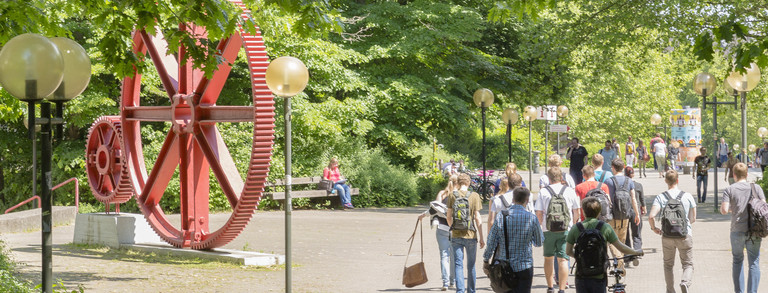Scenario-Based Testing of Automated Robotic Systems by Bicycle
Winter 2025/2026 to Summer 2026
Motivation
The development and validation of autonomous systems in real traffic require methods that go beyond large-scale mileage collection in simulations or controlled tests. Scenario-based testing has emerged as a promising approach for systematically identifying and validating safety-critical situations. While this method has been mostly evaluated with precise simulation data, real-world environments introduce sensor noise, imperfect detection, and unpredictable traffic behavior. STARCycle addresses this gap by using a cargo bike equipped with advanced sensors—PEDAL—to collect realistic urban traffic data, offering a cost-effective, flexible, and legally versatile testing platform.
Vision
STARCycle envisions bringing autonomous vehicle scenario-testing research closer to everyday road conditions. By combining the flexibility of a bicycle platform with advanced mapping and classification methods, the project aims to create a realistic testing ground for validating autonomous behavior against real-world complexities. Leveraging the STARS framework, the team will classify driving scenarios, model operational design domains (ODDs), and assess compliance with traffic regulations.
Goal
The goal of STARCycle is to bring scenario-based testing out of simulation and into real urban traffic by using a sensor-equipped cargo bike to collect high-quality data and validate autonomous behavior against real conditions and traffic regulations. Over Wintersemester 2025/2026 and Sommersemester 2026, the team will construct a precise LiDAR map of the Campus Nord area, fuse static and dynamic context from LiDAR, GPS, cameras, and IMU in a ROS 2 pipeline, and convert the recordings into a STARS-compatible format.
Based on a tailored Tree-Based Scenario Classifier for the Campus Nord operational design domain, the project will measure scenario coverage and check rule compliance—capturing bicycle-specific situations such as permitted right turns on red. The outcome will be a robust, open, and reusable toolchain and dataset that strengthens the practical validation of autonomous systems.




